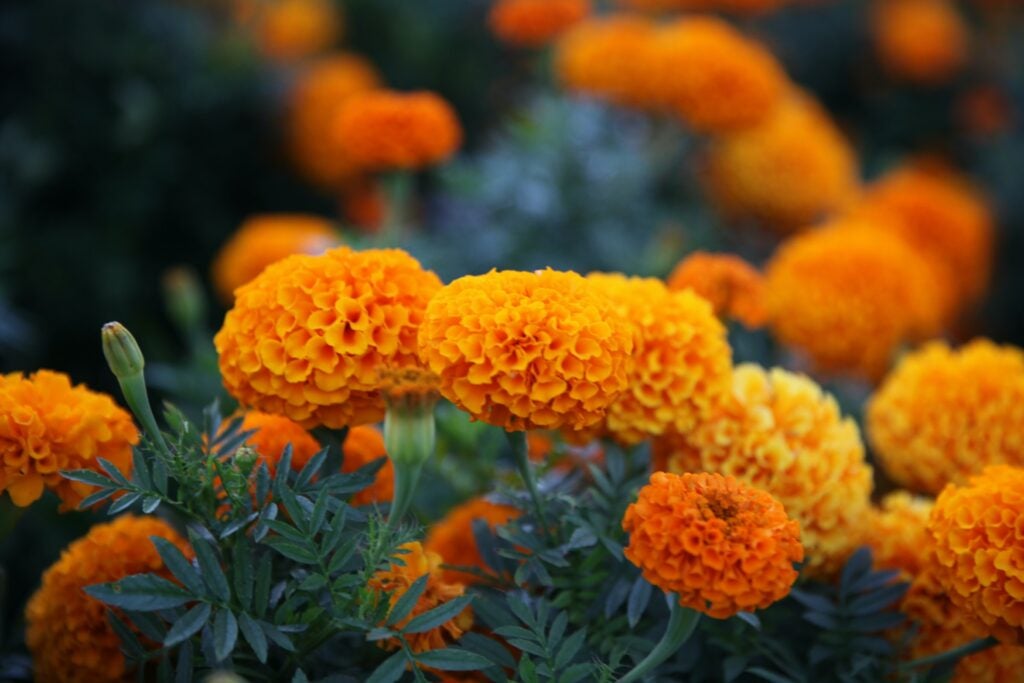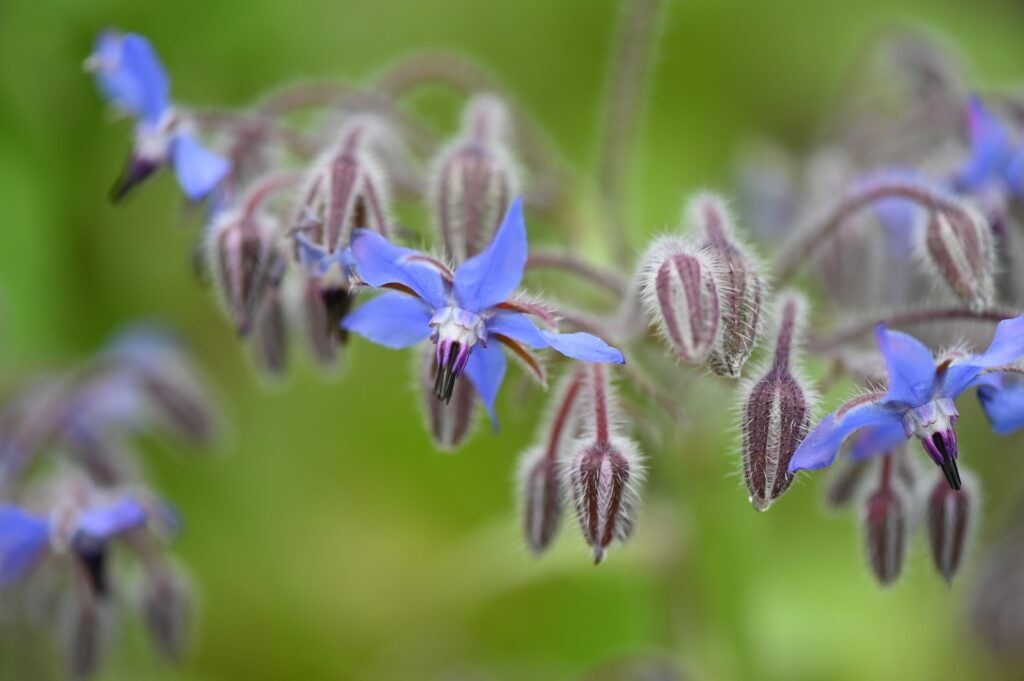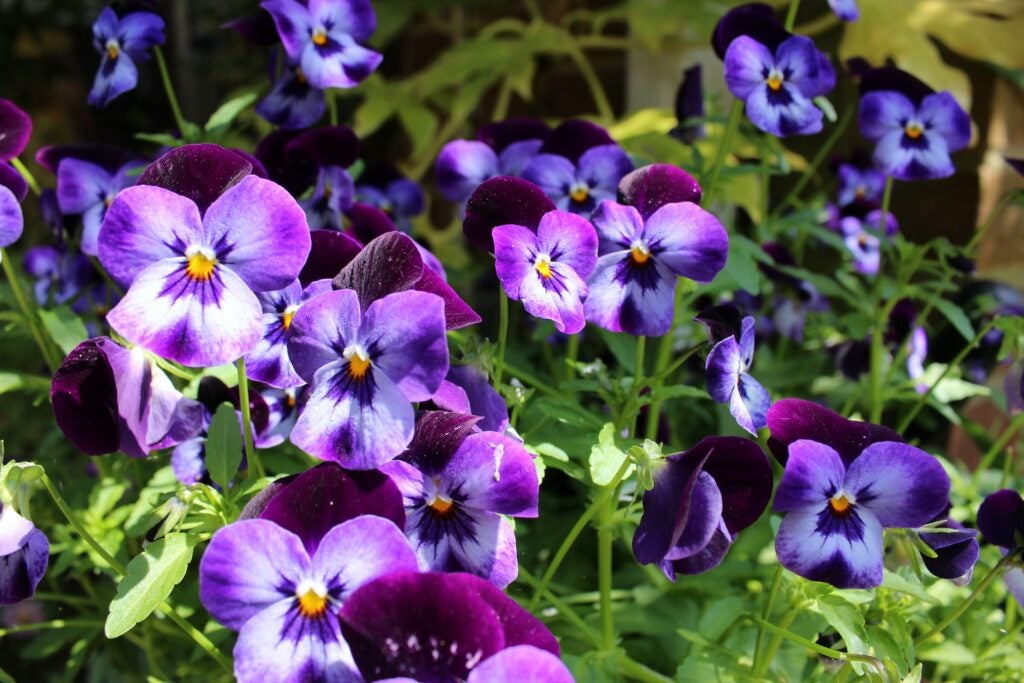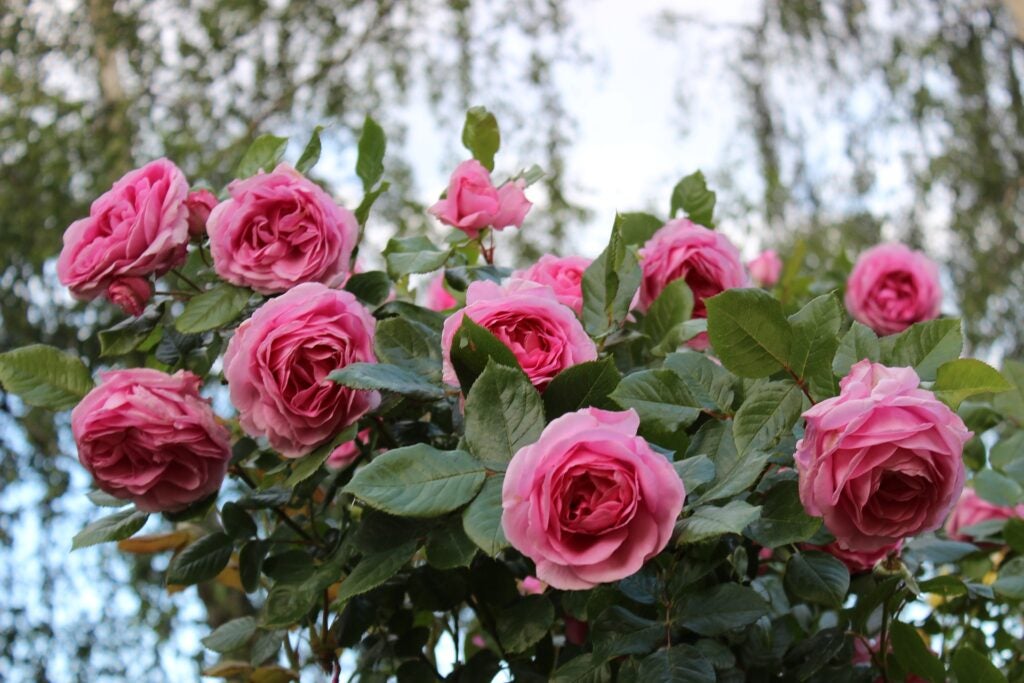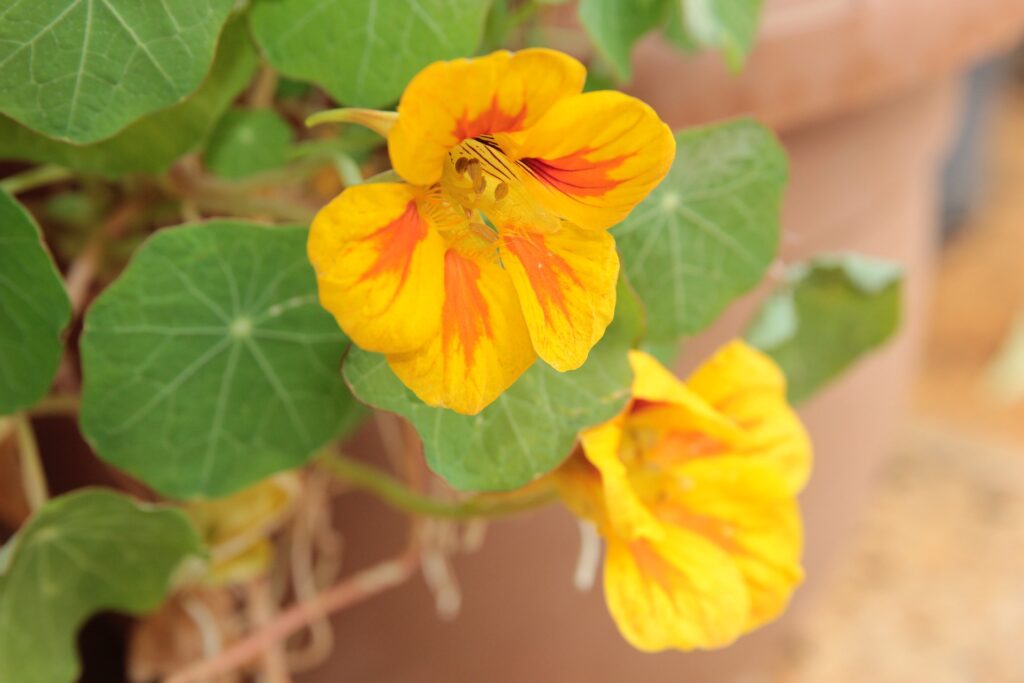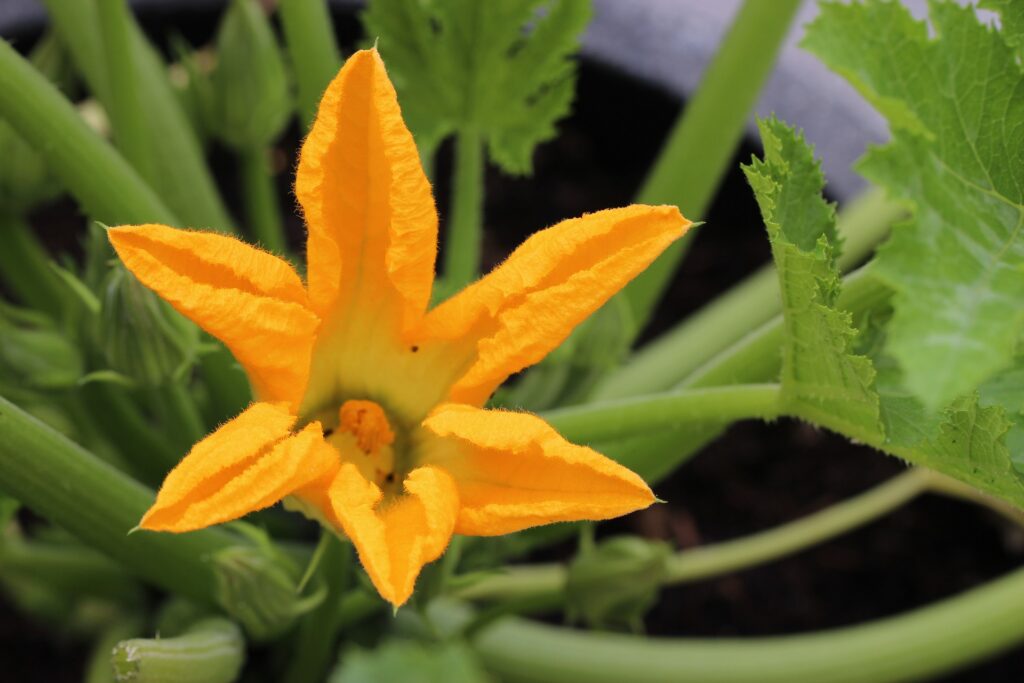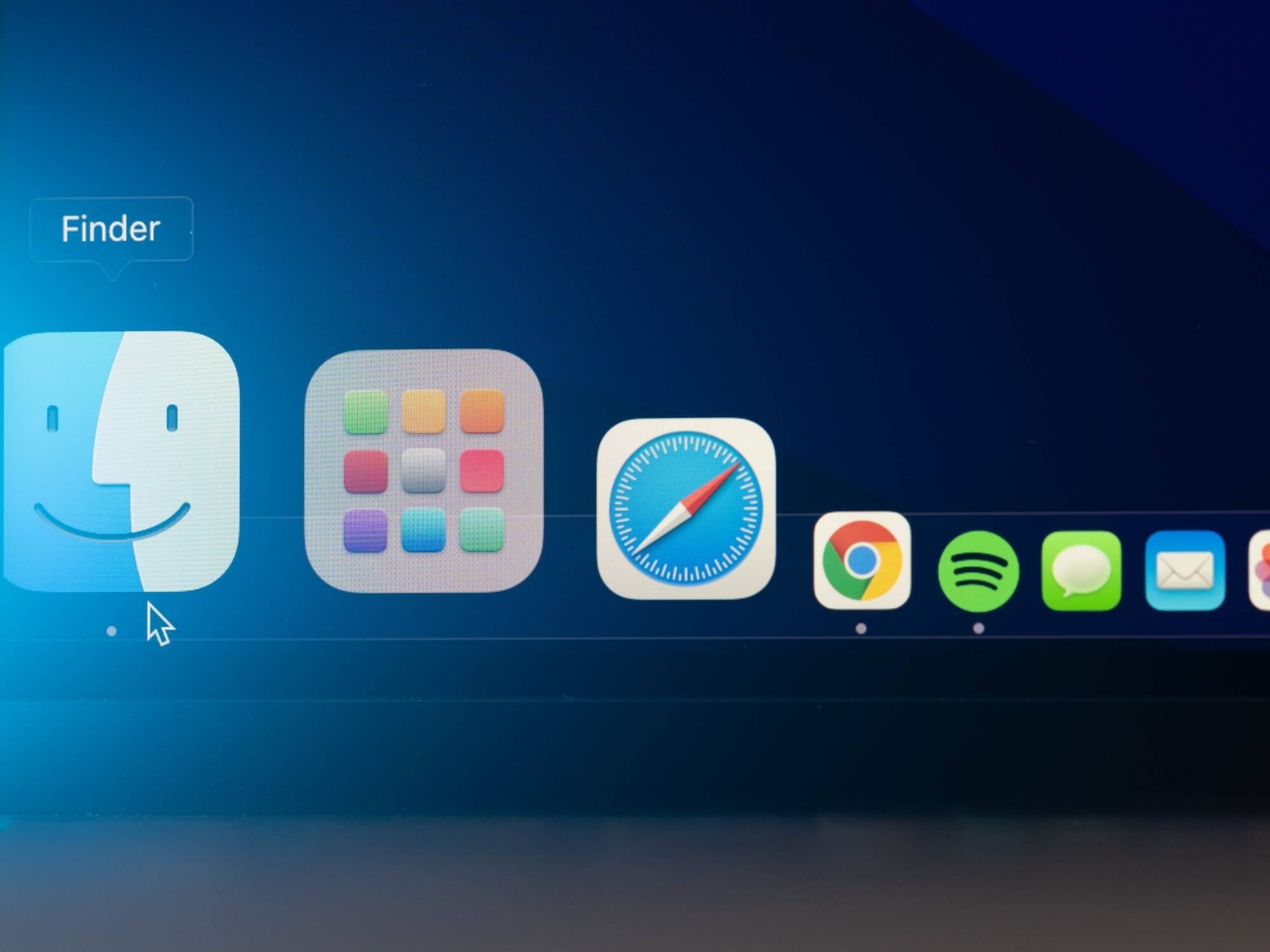
This story has been updated. It was first published on November 18, 2019.
Safari just keeps getting better: The default browser for Apple’s operating systems adds new features every year, so you could be missing out on some cool functionality if you’re not up to speed with everything it can do. See how many of these power user tips make a difference to your productivity in Apple’s web browser.
Check for weak passwords
Safari is concerned about your password security. It will warn you if it detects that you’re using the same password again and again, or if it thinks your credentials are too short or too simple.
To run a password audit, launch the browser, open the Safari menu, and choose Preferences. Switch to the Passwords tab to view a list of all the login details Safari has saved for you. You’ll see yellow exclamation marks next to all the passwords the program isn’t particularly happy with.
[Related: How to choose safe passwords—and remember them, too]
Click on any of the individual list entries to get more details. If the browser has identified a reused password, you’ll see the various sites where you’ve signed in with it. Where applicable, you’ll also get a link to the relevant site so you can change your login details straight away.
If you’re struggling to come up with unique, strong passwords, Safari can suggest them for you. Just click on the key icon that appears next to the password field whenever you’re signing up for a new service, and choose Suggest New Password.
Switch to mobile (and back)
You may want to carry your desktop browsing session over to an iPhone or an iPad as you leave the house, for example, or slump onto the sofa. Safari makes it easy for you as long as you’re signed in to the same Apple ID on all your devices.
On your Mac, open the Apple menu, then System Preferences. Under General, make sure the Allow Handoff between this Mac and your iCloud devices box at the bottom of the dialog window is checked. On iOS and iPadOS, go to Settings, then General and AirPlay & Handoff to enable the feature.
With those options enabled, any webpage open on your Mac in Safari will also appear at the bottom of the app switcher screen on your iPad or iPhone (swipe up from the bottom of the screen or double-tap the Home button to see it). Any pages open on your mobile devices, on the other hand, will appear as an icon in your Mac’s Dock.
What’s more, if you’re using iCloud across all your devices, the tab overview screen will display all the tabs you have open on your various computers, tablets, and phones. To find it on an iPhone, for example, tap the tab overview button in Safari (the four squares in the top right), scroll down, and you’ll see a list of web pages open in Safari on your Mac.
Rearrange your tabs
You may have more tabs open than you really should, but Safari can help you get them into some kind of order. Open up the Window menu, choose Arrange Tabs By, and you’ll be able to pick from Title or Website.
The first option arranges your tabs in alphabetical order based on the title of the page, while the second arranges them in alphabetical order based on the name of the website.
Sorting by website is probably the most useful of the two, especially if you’ve got a pile of tabs open and want to keep pages of a particular type (like Twitter profiles or Google search results) together in the stack.
Another way to get a handle on all the tabs you’ve got open is to go to View, then Show Tab Overview (or click the button showing four squares on the right-hand end of the toolbar). There you’ll see all your tabs laid out as thumbnails, making them a little bit easier to navigate around. Click on any tab to jump to it.
You might have left Safari exactly as it was when you first bought your Mac—and there’s nothing wrong with that—but you can seriously boost your productivity on the web by bringing the tools you use most often closer to hand.
Specifically, you can tweak the Safari toolbar so the options you need most are within easy reach. Right-click on a blank area of the toolbar and choose Customize Toolbar to get started.
It’s then just a question of dragging icons to and from the toolbar, and also along the toolbar to reposition them. You’ve got icons for sharing pages, accessing tabs synced to iCloud, showing or hiding the sidebar, zooming in and out of webpages, and more.
The default icon set is at the bottom—drag it up to the top to put Safari back the way it was when macOS was first installed. When you’ve got the browser toolbar looking the way you want, click Done to confirm.
Clean up your history
Online privacy is something you should always keep in mind, and it’s something Safari is quite good at. Case in point: The way it automatically deletes records of sites you’ve visited and files you’ve downloaded after a certain amount of time has passed.
To take advantage of the feature, open the Safari menu, then choose Preferences. If you switch to the General tab, you’ll see a Remove history items menu. Entries can be wiped from the record after a day, a week, a fortnight, a month, or a year—your choice. Alternatively, you can leave them all in place and delete them manually when necessary.
[Related: How to clear your web history in any browser]
Further down, there’s a Remove download list items option that works in the same way. It doesn’t delete the downloaded files, though, just Safari’s records of you having downloaded them. The options here are after one day, when you quit Safari, when the file is downloaded, or manually.
To clear your browsing history manually, open up the History menu in Safari, then choose the Clear History option. Safari’s records can be wiped for the last hour, the last day, the last couple of days, or completely.
